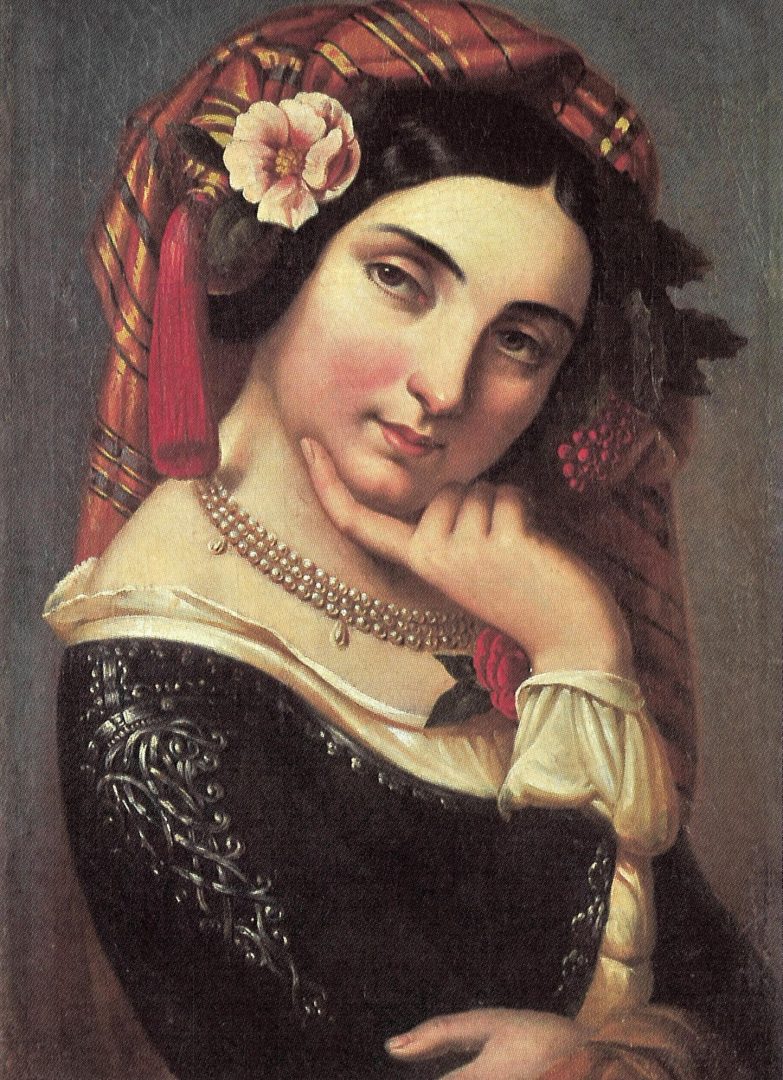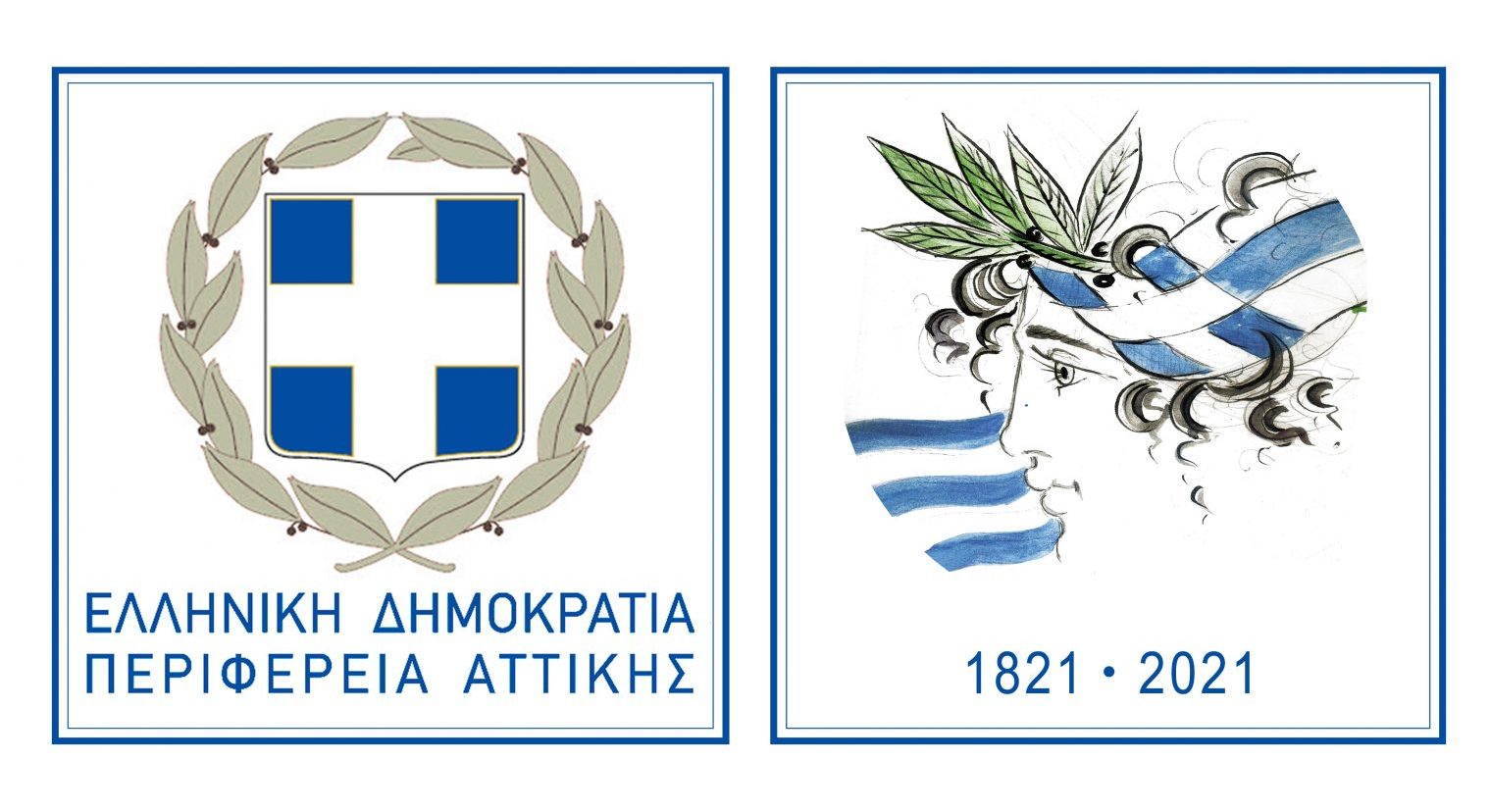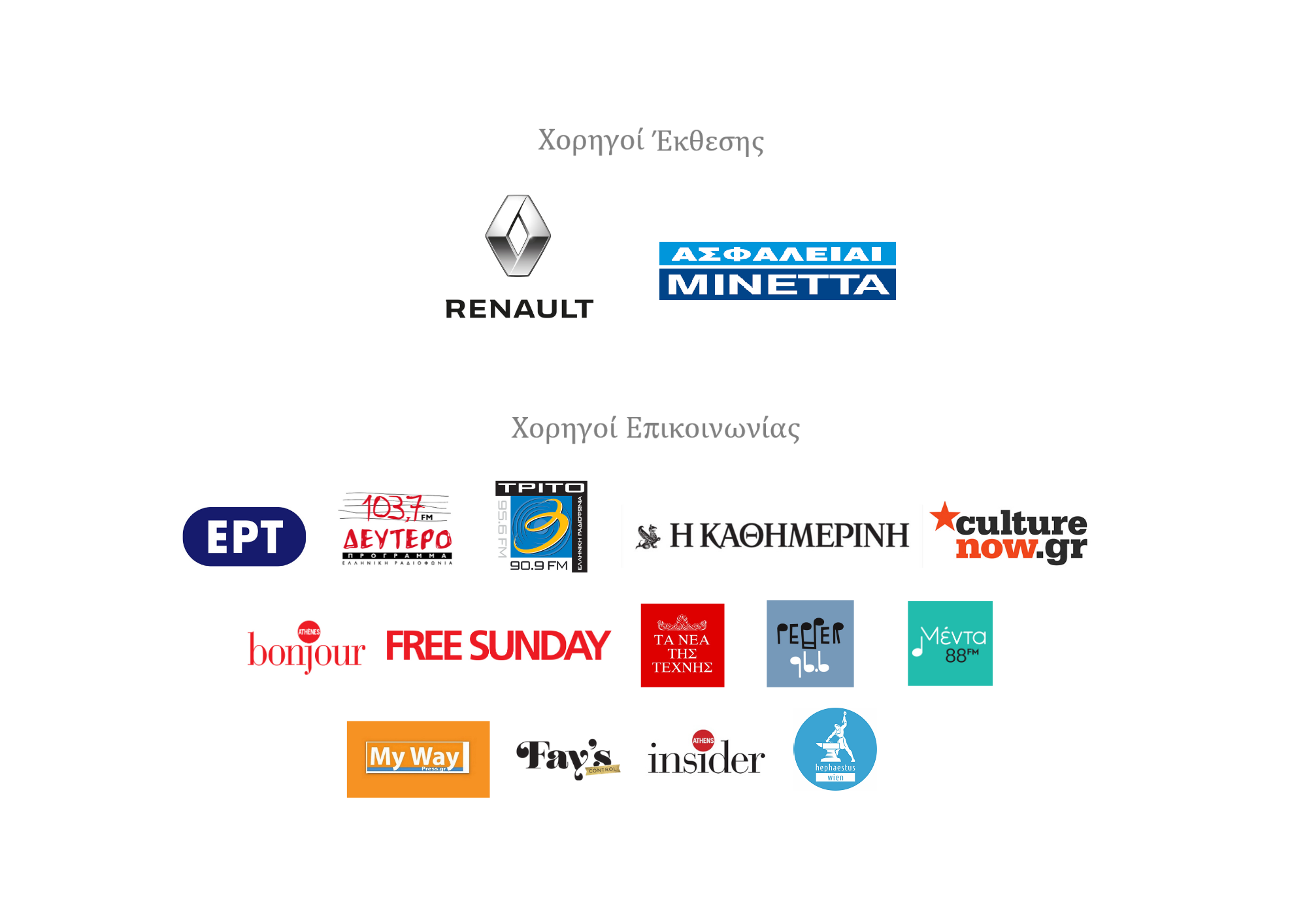“Women in the Greek Revolution of 1821 | Collection of Michalis and Dimitra Varkarakis”

Date/Time
23/03/2021 - 31/10/2021
10:00 - 18:00
Location
B&M Theocharakis Foundation for the Fine Arts and Music
The B. & M. Theocharakis Foundation presents the exhibition “Women in the Revolution of 1821”, from the Michalis and Dimitra Varkarakis Collection. All the historically significant pieces of this thematic exhibition come from the valuable Collection of Michalis and Dimitra Varkarakis. A large part of this exhibition was shown in the show “Artistic versions of Hellenism”, also presented in the B. & M. Theocharakis Foundation in 2015.
In the current thematic exhibition, a strict selection of 100 paintings, porcelain objects and clocks of the 19th century refer back to the huge contribution of women to the Revolution of 1821. The curator of the exhibition, Dr. Fani Maria Tsigakou, points out, among other things: “The dramatic details in the European Press on the adversities of women and children, the abduction and fate of captive females brought tears to the reader’ eyes. The painting entitled Greek Women in a Slave Market conveys with shocking immediacy the humiliation and the desperation of the girl in the hands of the fearsome slave trader. The violent seizure of a Greek woman is depicted in the oil painting by the Frenchwoman Louise Vallot. The same subject is represented on several objects, such as clocks, plates, vases. After the end of the War of the Greek Revolution and the founding of the Greek State, “Greek Women” continued to appear in European exhibition salons, but without even the slightest hint at the tragic moments they had endured. The post-Revolutionary “Greek Maids” are insouciant, posing with grace and gentility, dressed in elaborate costumes and opulent jewellery in oil paintings and on various objects. We note that towards mid-century, when – in the frame of the widespread fashion of Orientalism – artists’ interests were to turn towards a more exotic iconography, “Greek Maids” are depicted clad in provocative flimsy garments, such as the rather vain Greek Lady Playing a Lute. The oil painting Greek Women in the Harem features a “Greek Maid” in a particularly sensuous pose, while the Greek Women in the Harem depicted on vases have been successfully transformed into charming odalisks.”
The collector, Michalis Varkarakis, characteristically states: “European travellers and artists were the first to become interested in the Greek monuments; in the images they produced, human figures played a supporting role. With the Greek Revolution, the sources of inspiration for artists changed; the individual now became central in their work. Early on, the battles were their main subject; military successes fuelled the movement. Portraits of the protagonists were also popular. Major historical events – the struggles of the Souliotes, the proclamation of the Revolution, the massacre at Chios, the dramatic siege of Messolonghi, the naval battle of Navarino, the landing of the French at Morea in 1828 – all enjoyed pride of place in the Philhellenic iconography. Chateaubriand’s fiery calls to freedom, Byron’s poems celebrating the beauty of Greece and heroism of the Greeks inspired a large number of artists. Evocations of the ancient lineage of Modern Greeks, the Christian ideals, and a love of antiquarianism were particularly popular. The passions, sufferings, and hardships of the vastly outnumbered fighters were especially praised. In tune with Orientalist and Romantic art, Philhellenic artists often embellished their works to emphasise the valour of Greek men and beauty of Greek women.”
At the same time, the conference “Women in Greece: From the Revolution and beyond 2021”, will be organised during autumn of 2021 by the Captain Vassilis and Carmen Constantakopoulos Foundation, and will be in direct dialogue with the exhibition “The Women in Greek the Revolution of 1821”. Both take place in the framework of the actions of Protovoulia ’21 (Initiative ’21), a collaboration between 16 Institutions, dedicated to the celebration of the 200th anniversary of the Greek Revolution. Protovoulia ’21 was established in 2018, in view of the 200th anniversary and is the result of the systematic cooperation of the following bodies and Institutions: The National Bank, Marianna V. Vardinogianni Foundation, Eugenidou Foundation, B & M. Theocharakis Foundation of the Arts & Music, Captain Vassilis & Carmen Konstantakopoulou Foundation, Ioannou F. Costopoulou Foundation, Public Benefit Foundation for Social & Cultural Work (KIKPE), Lambraki Foundation, Athanasis Lana Karimas Foundation AG Leventi, Bodossaki Foundation, Foundation for Education & European Culture, Michael N. Stasinopoulos Public Benefit Foundation – VIOHALCO, Onassis Foundation.
GENERAL COORDINATION
Fotis Papathanasiou
EXHIBITION CURATOR
Fani-Maria Tsigakou
ASSISTANT CURATOR
Marina Miliou-Theocharakis
ART CONSULTANT
Takis Mavrotas
EXHIBITION COORDINATION
Evangelia Efthimiadou
COMMUNICATION
Marina Kampouroglou
Anna Georgiadou
EDUCATIONAL PROGRAMS
Eirini Alexandrakis
Anna Plessa
TEXT EDITING
Vasso Kiriazakou
TRANSLATIONS
Dimitris Saltabassis
ART PHOTOGRAPHY
Thalia Kimbari, Giannis Baharidis
ART TRANSPORT AND INSTALLATION
Swift Art Services
GRAPHIC DESIGN
Thymios Presvytis
PUBLISHING
Thodoris Anagnostopoulos
Peak Design
Duration: Until 31 October 2021
Opening hours: Mondays-Sundays, 10:00-18:00




